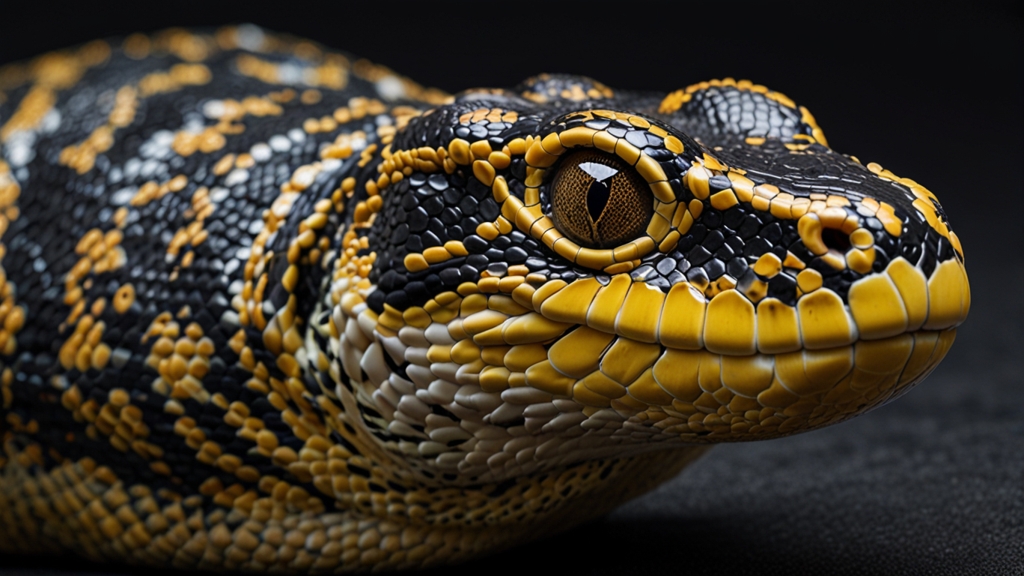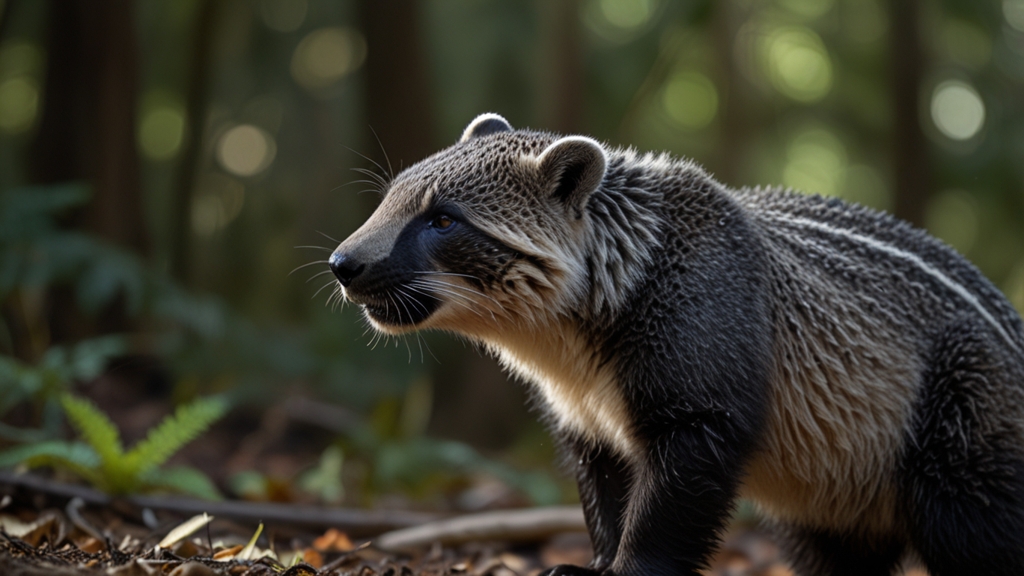A World Without Them: Imagining Life After Endangered Species
Imagining a world without endangered species brings to mind an eerie silence in our forests, empty oceans, and a profound loss to human culture, science, and the planet's health. The potential extinction of numerous species is not just an environmental tragedy but a significant existential threat to the fabric of life on Earth.
The Ripple Effect on Ecosystems
Species are interconnected in complex webs of life. Each organism plays a specific role in its ecosystem, whether it be predator, prey, or a creature that helps with pollination or seed dispersal. Remove even one, and the whole system may unravel. This phenomenon, known as a trophic cascade, leads to further unforeseen consequences within the ecological community.
Consider the impact of losing bees, the world's most important pollinators. A significant decline in their population would jeopardize countless fruits, vegetables, and nuts that rely on bee pollination. Hence, the impact stretches far beyond the insects themselves, affecting human agriculture and food security.
Cultural and Scientific Loss
The loss of endangered species also represents a significant cultural impoverishment. Many cultures revere certain animals as spiritual symbols, sources of artistic inspiration, or even national icons. The extinction of such species symbolizes a loss of heritage and history.
"Every time we lose a species, we break a life chain that has evolved over 3.5 billion years."
— Jeffrey McNeely
From a scientific perspective, each species carries unique genetic information that can unlock secrets about evolution, biology, and the development of medicines. The extinction of species closes these avenues of exploration forever.
The Economic Toll
Endangered species contribute to the economy in ways many of us do not realize. Ecotourism, for example, generates billions of dollars globally. Destinations renowned for their biodiversity—such as the savannas of Africa or the rainforests of the Amazon—stand to lose not only their wildlife but also the economic benefits tied to tourism.
Moreover, healthy ecosystems provide invaluable services like water purification, climate regulation, and disease control. The degradation of these systems poses direct and indirect costs that accumulate over time, resulting in enormous economic ramifications worldwide.
Efforts and Solutions to Prevent This Reality
Fortunately, multiple efforts are underway to prevent this bleak future from becoming reality. Conservation initiatives range from protective legislation and wildlife preserves to breeding programs and community engagement. These endeavors require global cooperation, adequate funding, and unwavering dedication.
"The environment is where we all meet; where we all have a mutual interest; it is the one thing all of us share."
— Lady Bird Johnson
Technological advancements such as cloning and genetic engineering also offer glimmers of hope. For example, de-extinction efforts aim to bring back species that we've already lost, though they raise ethical and practical questions that must be addressed.
Personal Responsibility
Every individual has a role to play in preventing species extinction. Simple actions like supporting sustainable products, reducing consumption of non-renewable resources, and advocating for conservation policies make a noticeable difference.
In a world teetering on the brink of losing its endangered species, the collective effort of global citizens holds the key to preservation. By nurturing our planet's biodiversity, we not only save other species but ensure our survival and the well-being of future generations.
"In the end, we will conserve only what we love; we will love only what we understand; and we will understand only what we are taught."
— Baba Dioum









